
PDC Module 5 - People in Permaculture
Welcome to Module 5 of the full Permaculture Design Course. This modules focuses on the people aspect of permaculture, our relationship to the state of the world, our relationship to working in groups and how we can better support ourselves and others. What you’ll find on this page is:
Your course content
Documents to use during live sessions
Useful handouts
Additional learning resources
Your assignments and course work
The quiz to test your learning and a feedback form
Enjoy your learning journey.
Course content

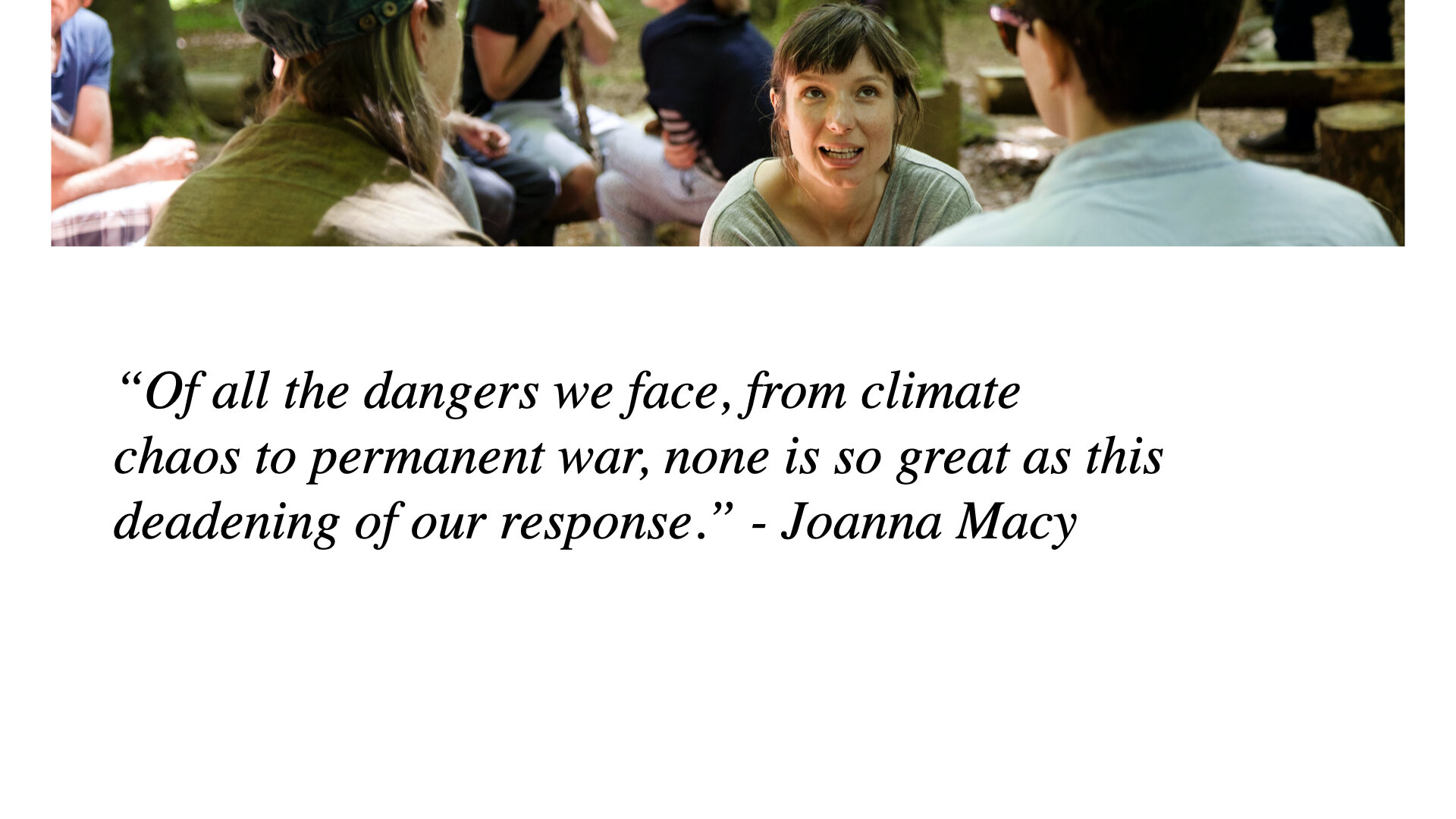
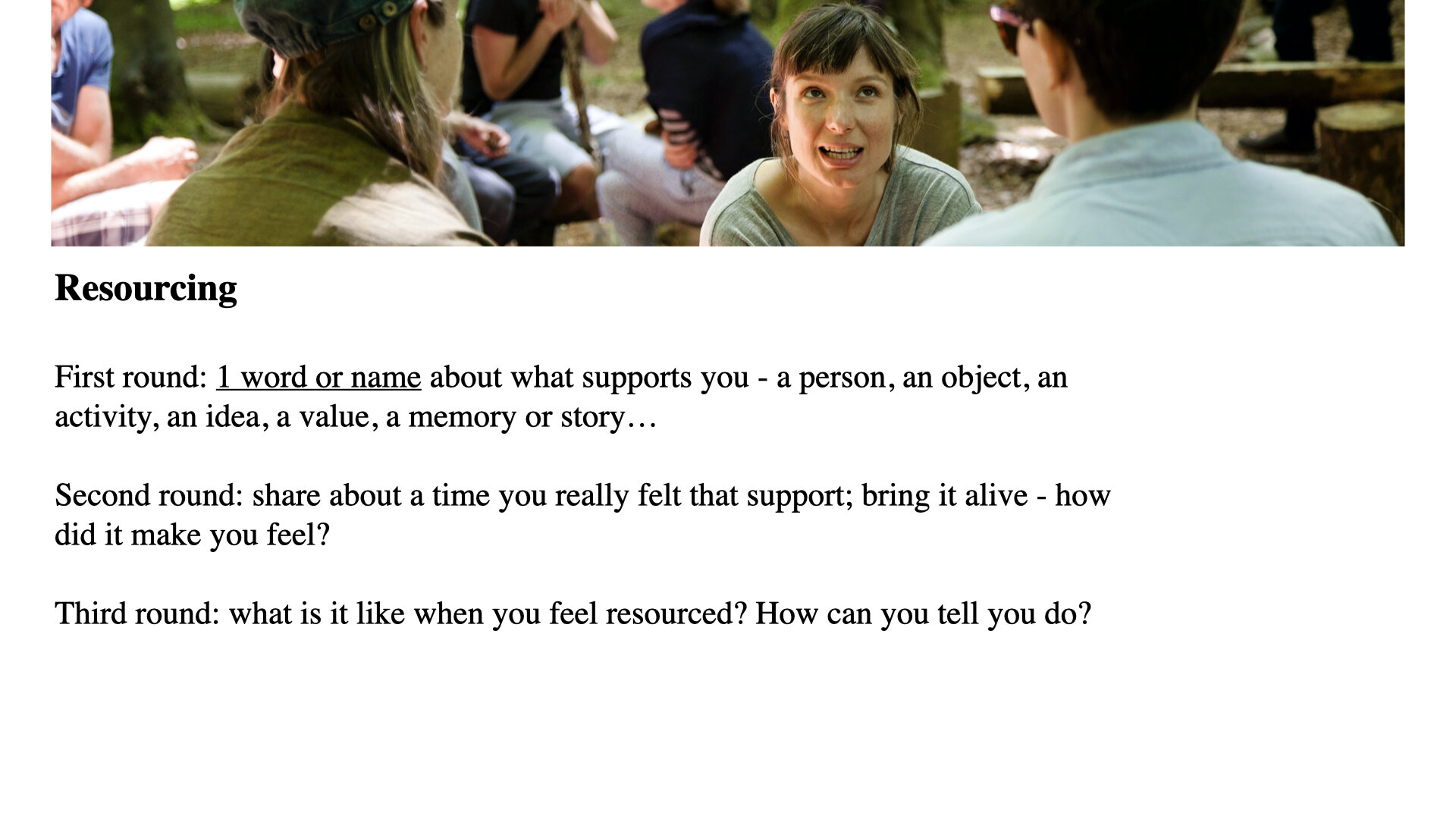
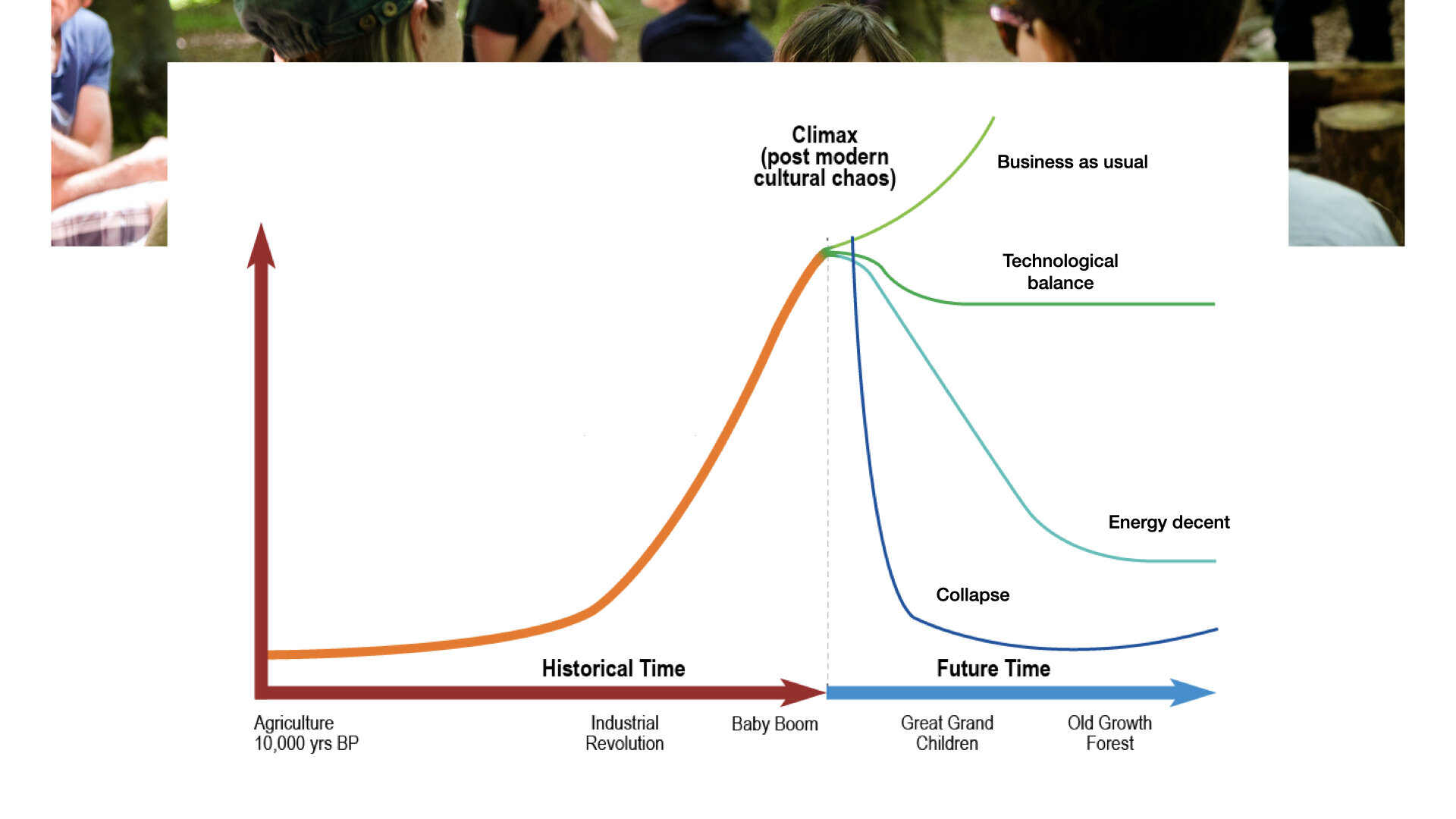
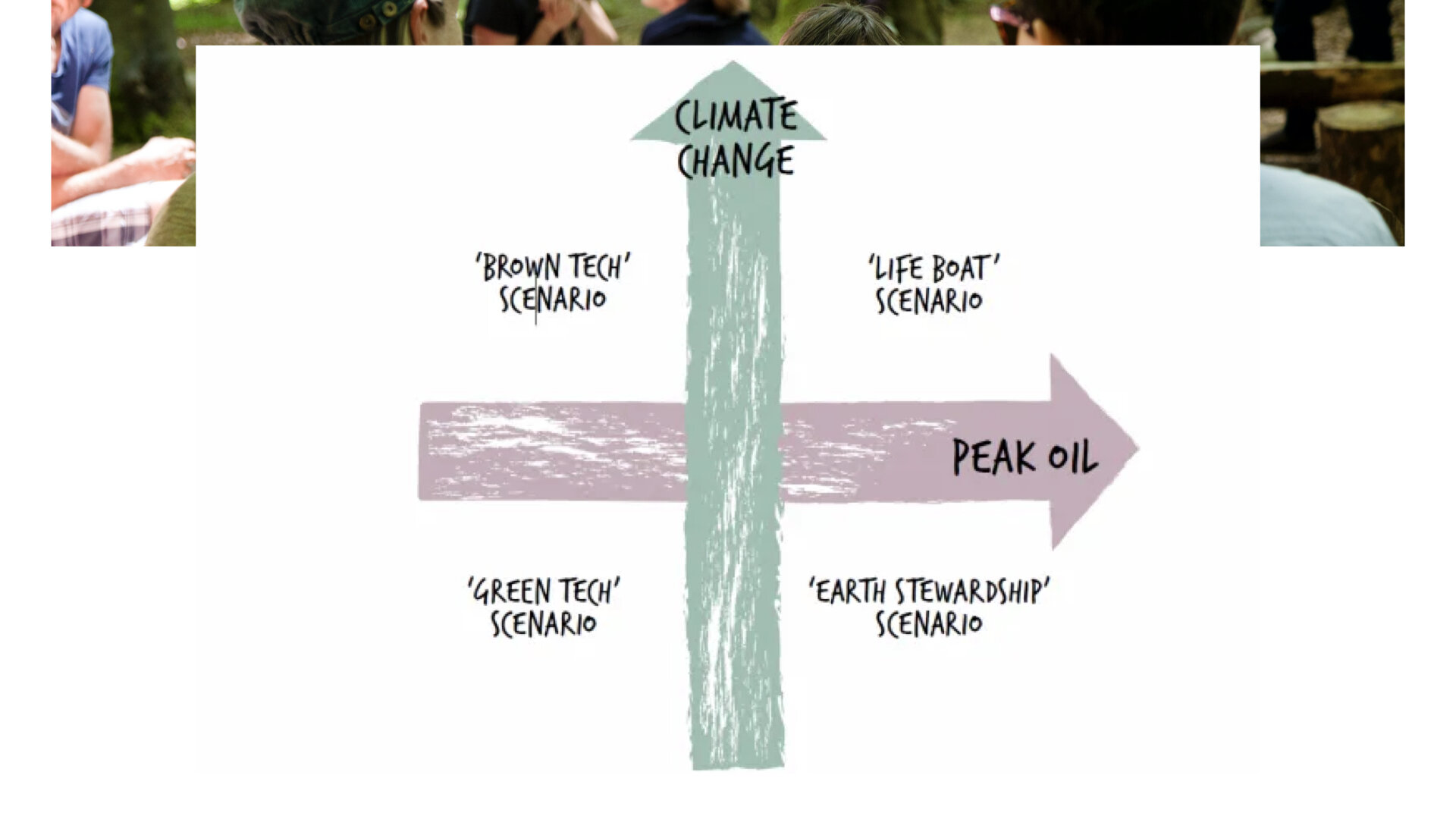
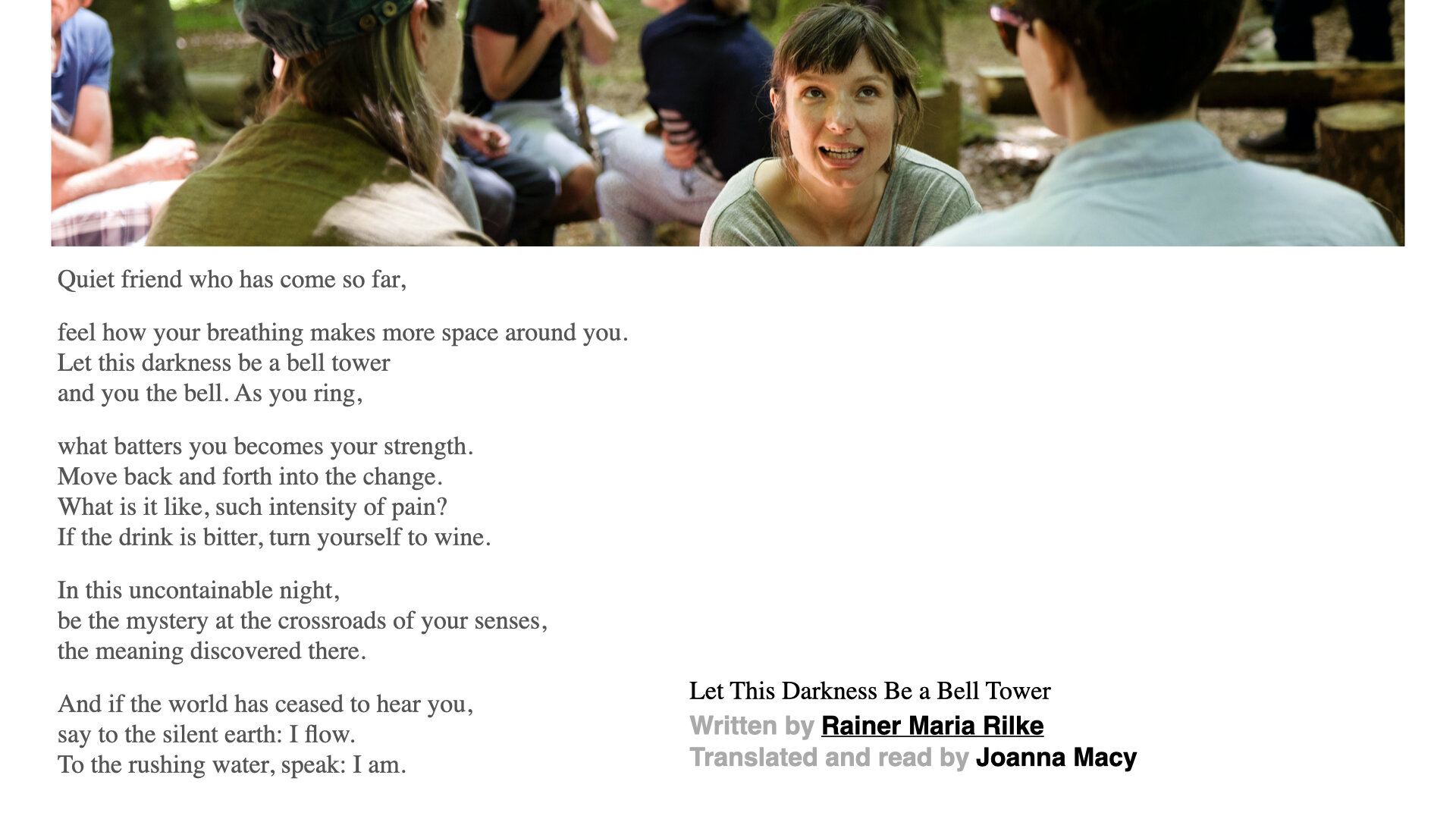

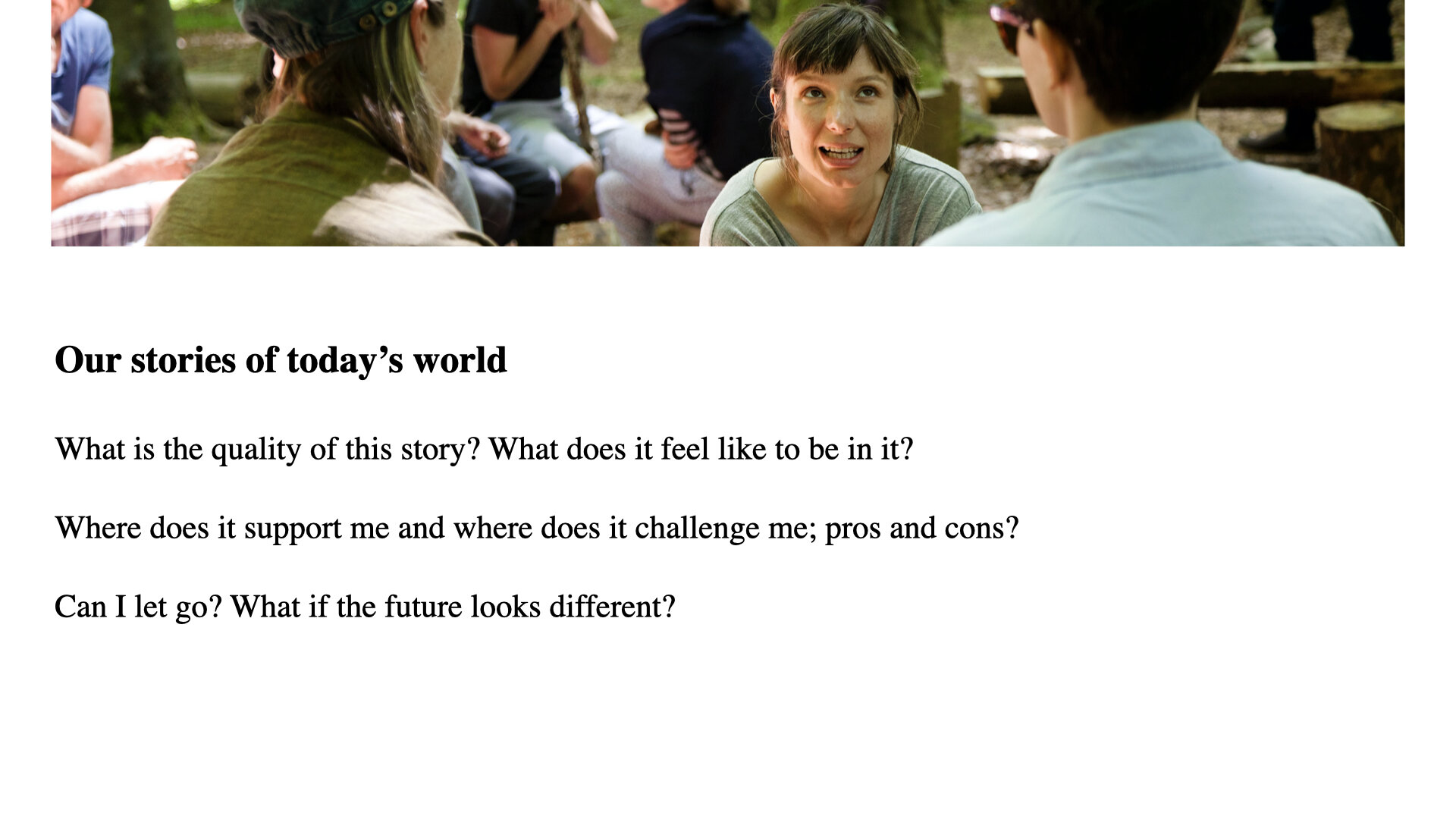
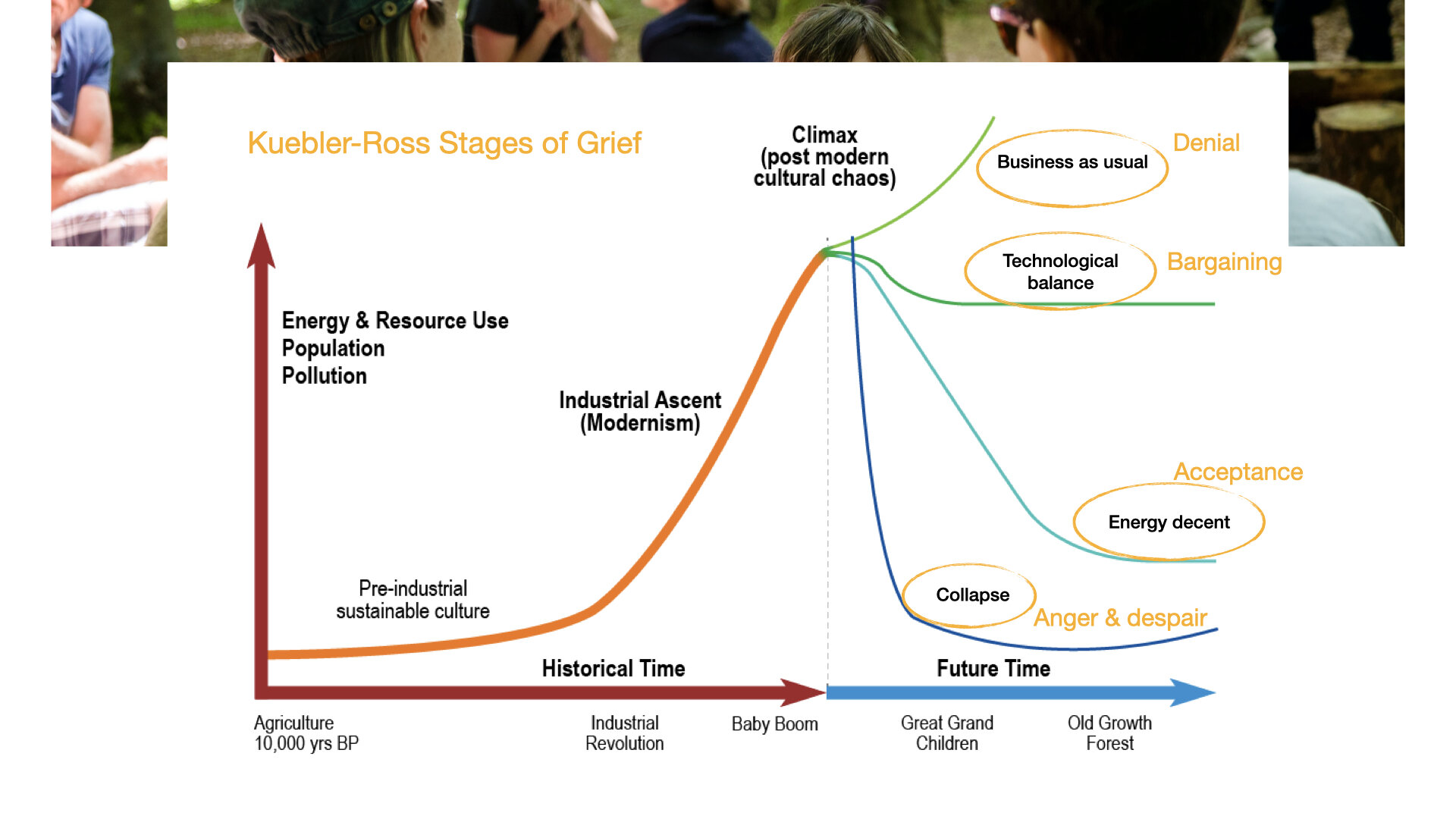
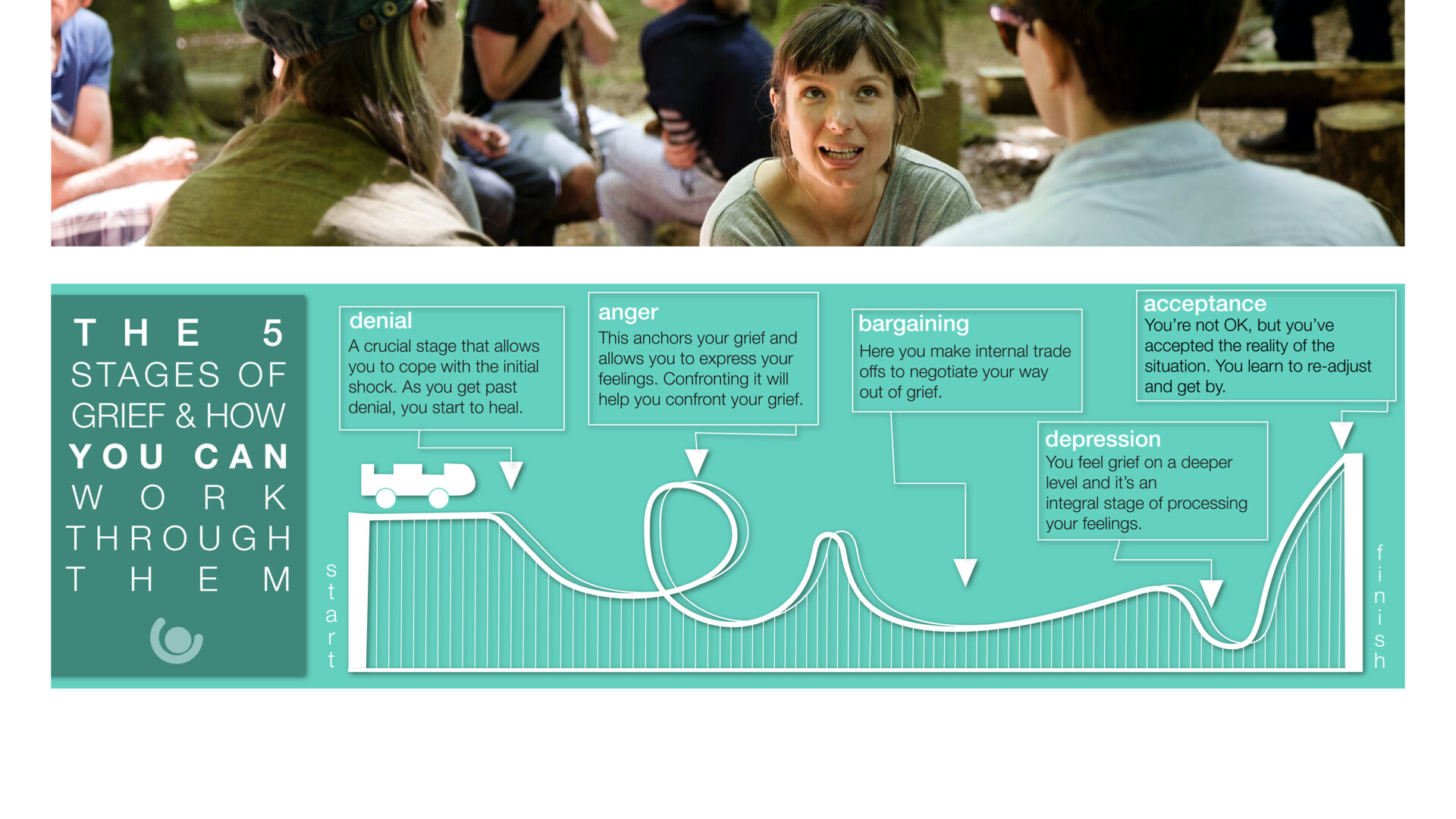
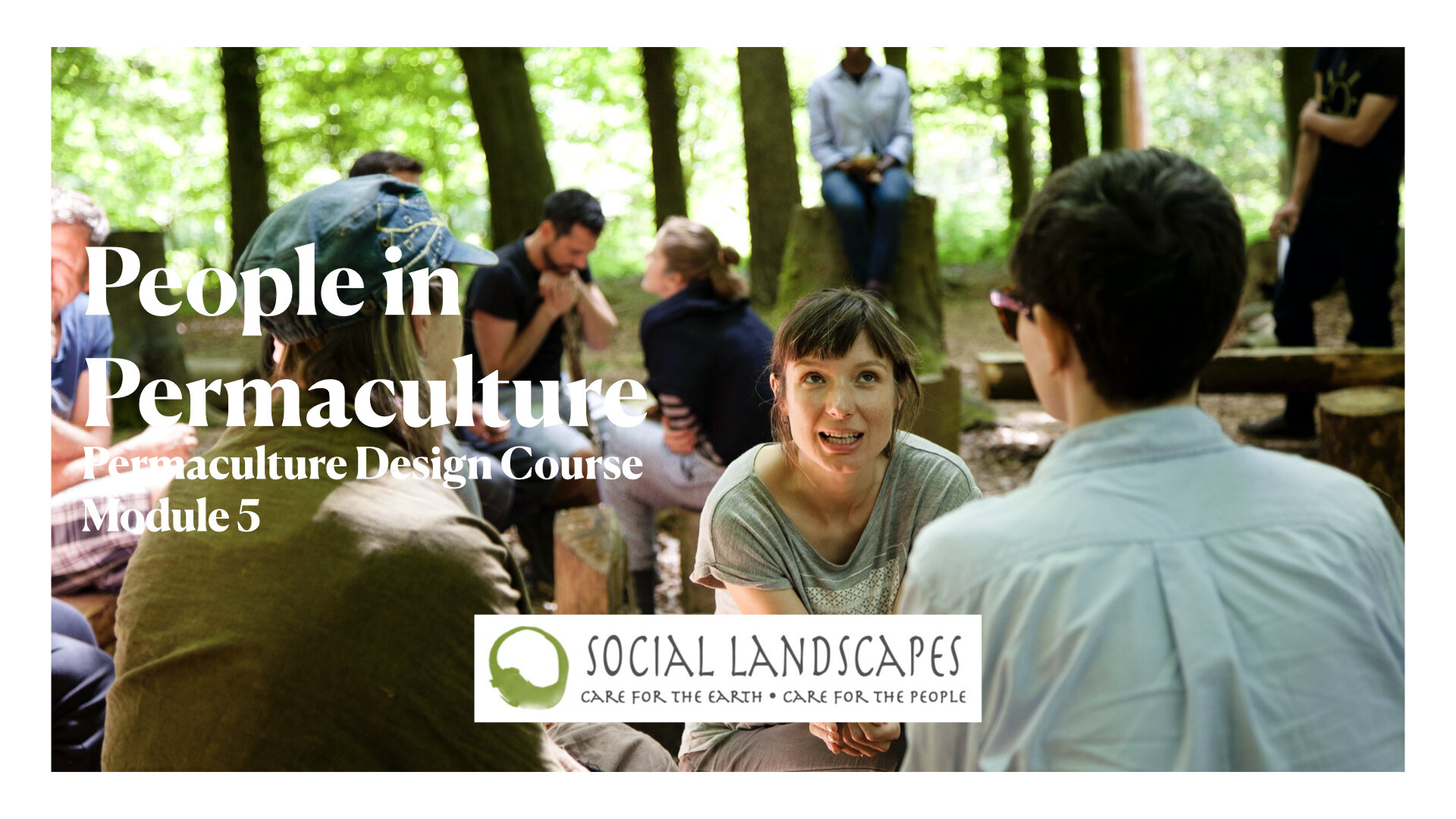
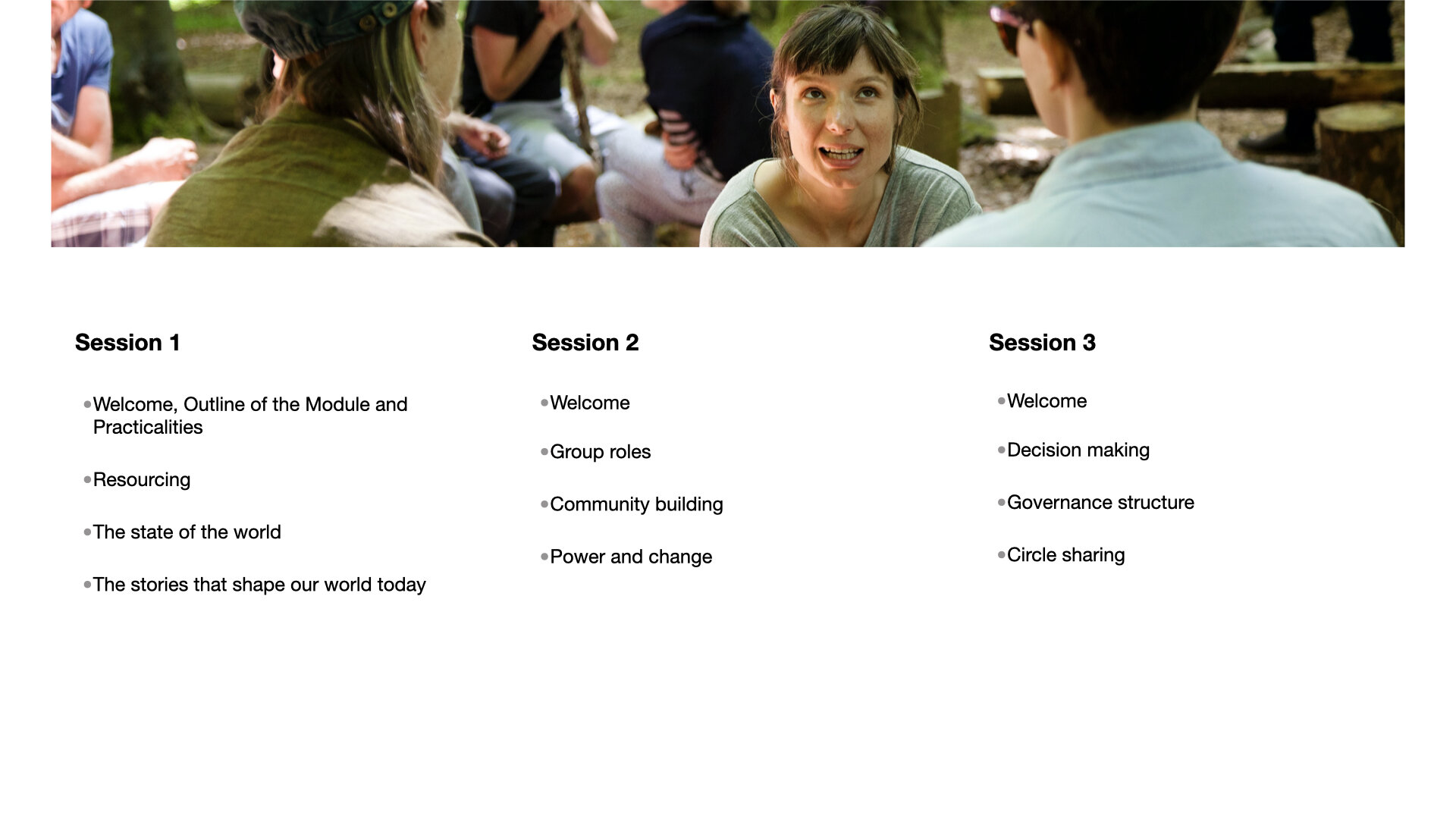
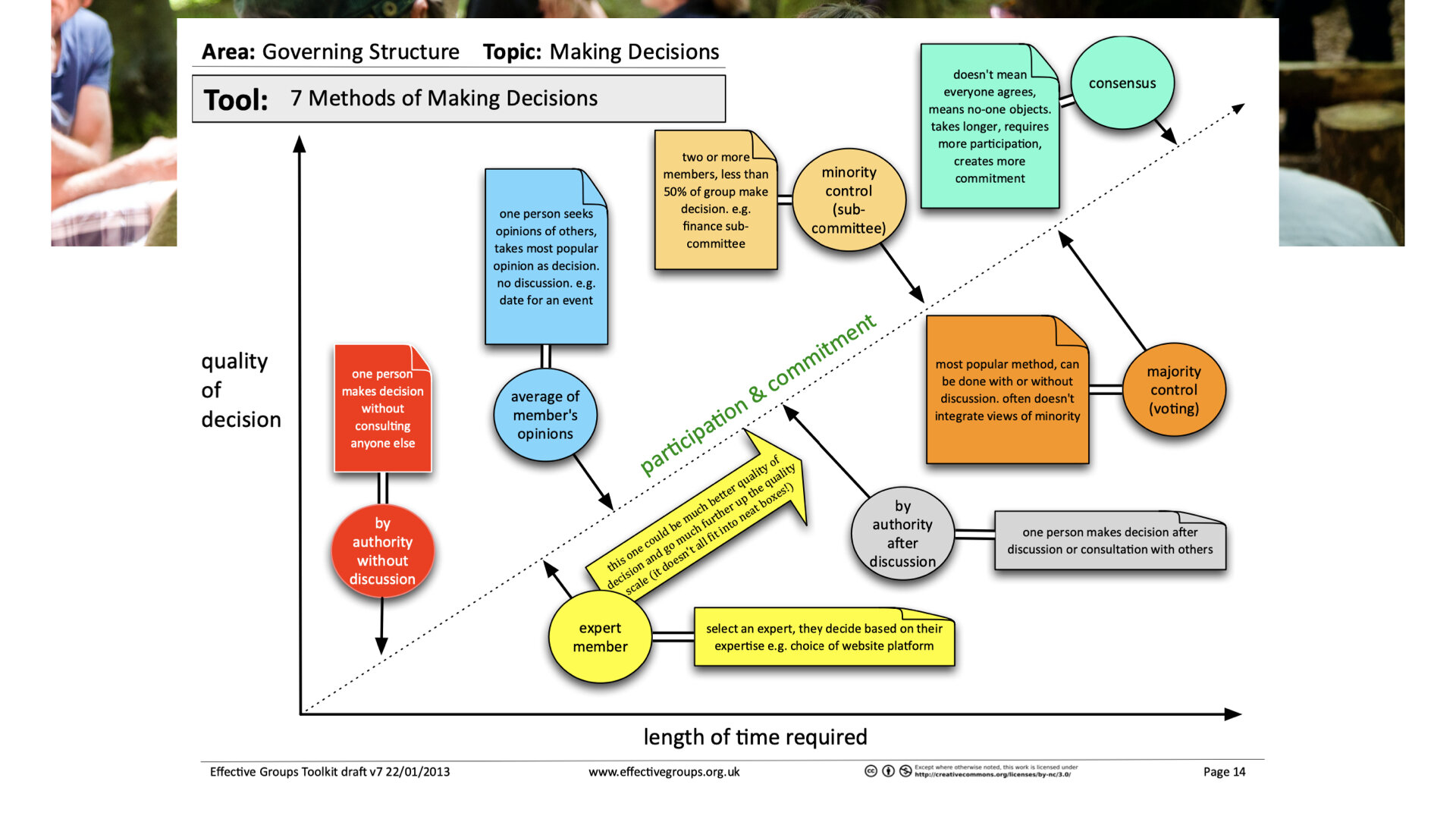
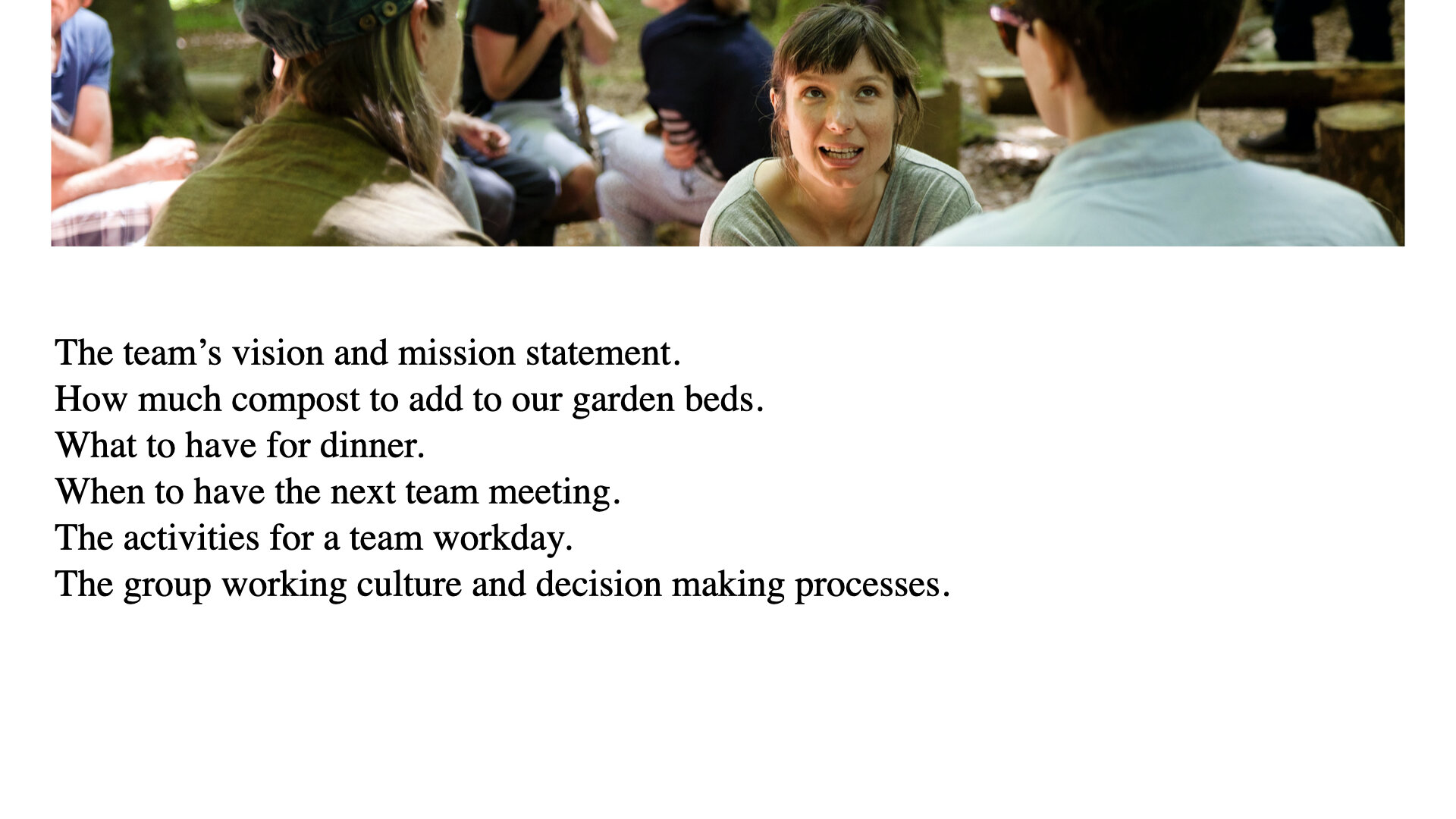
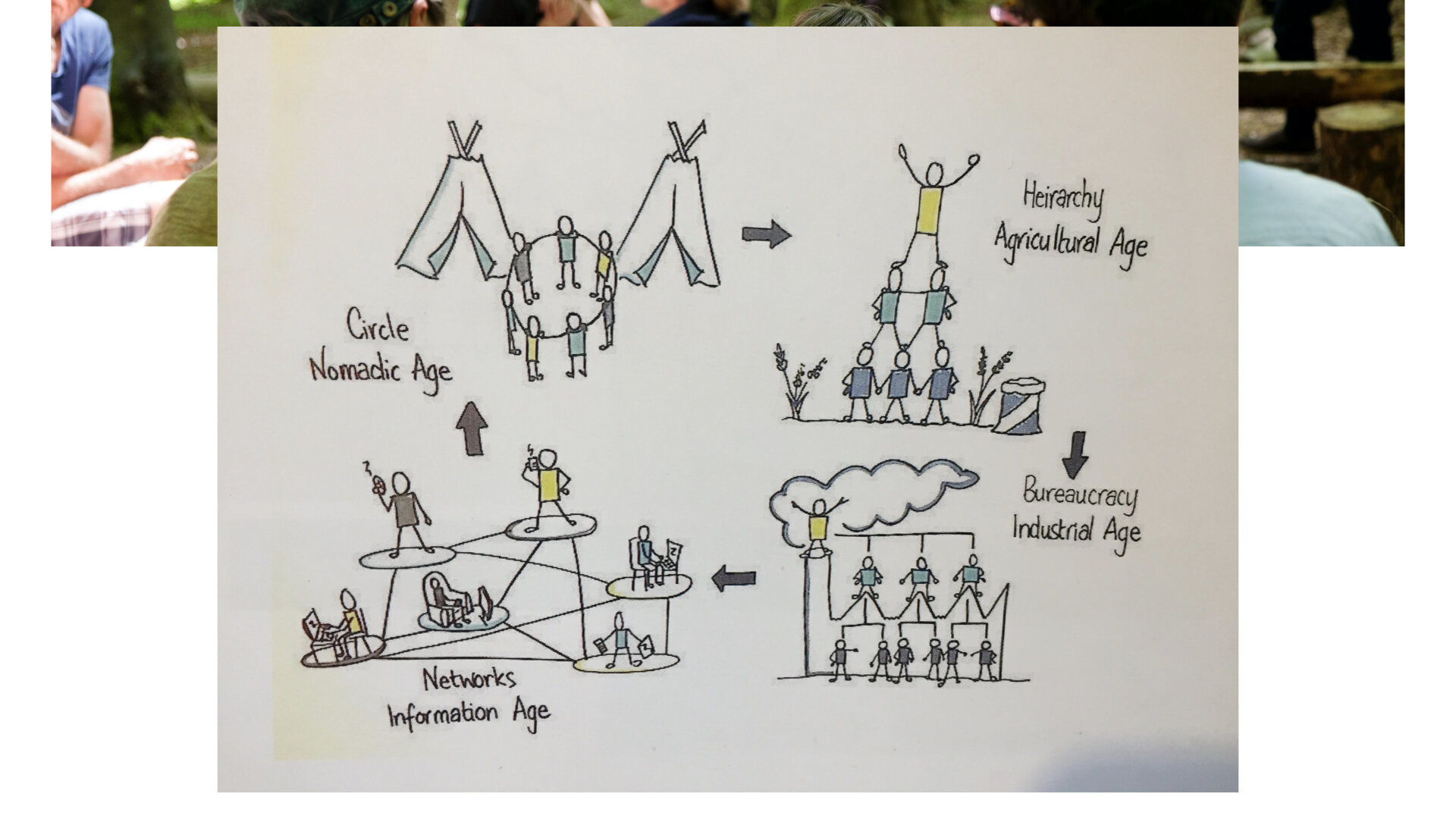

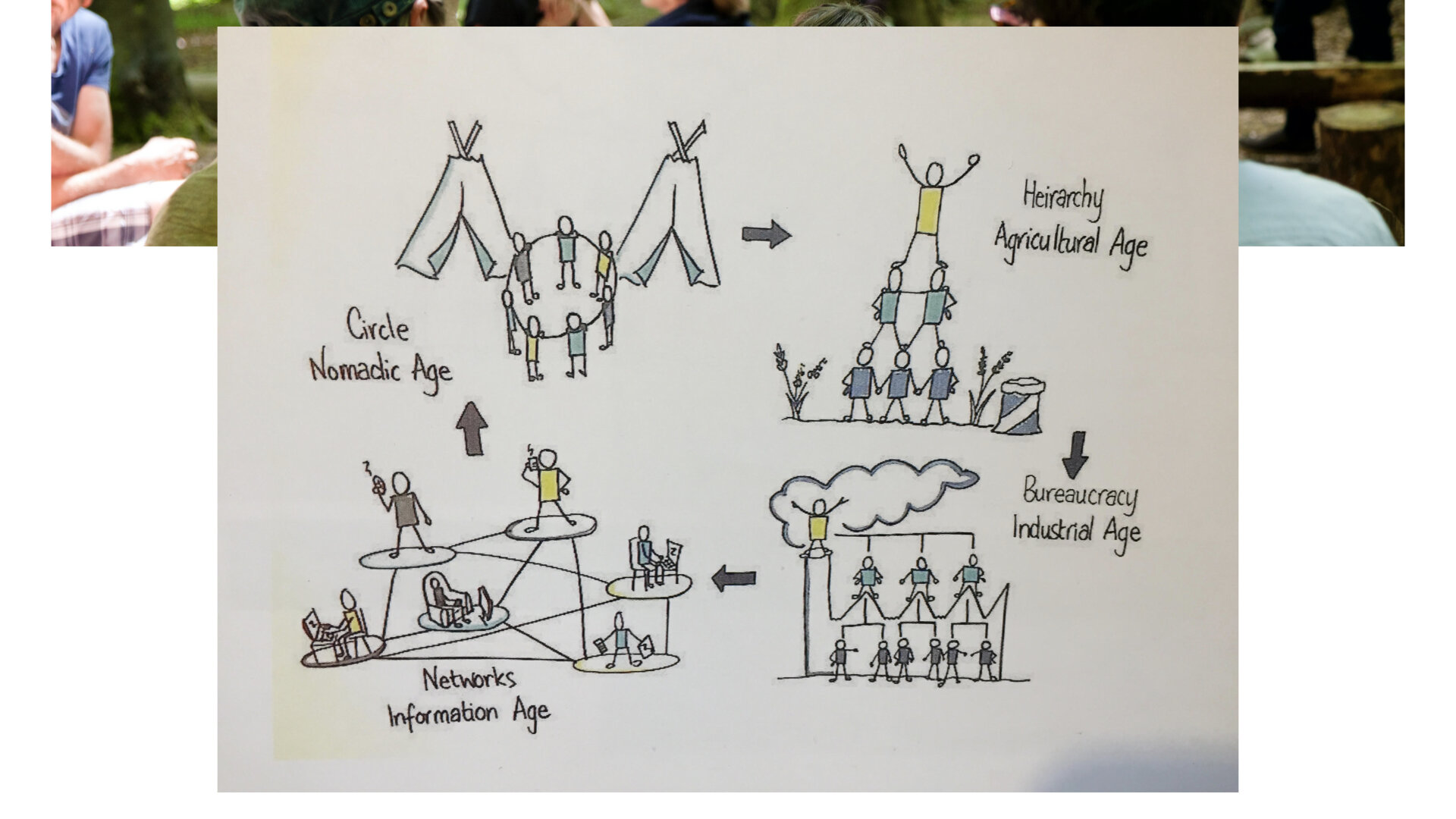
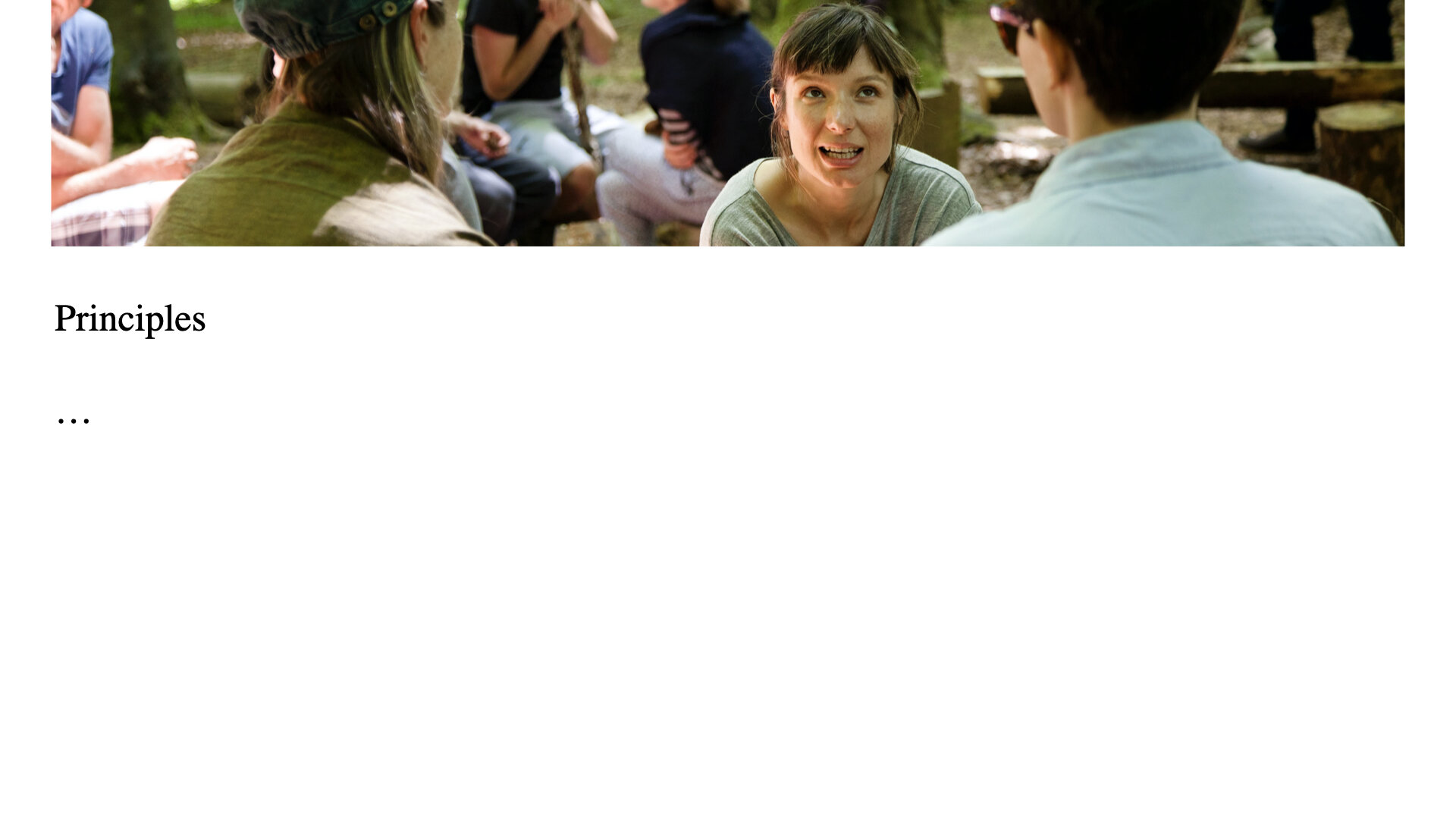

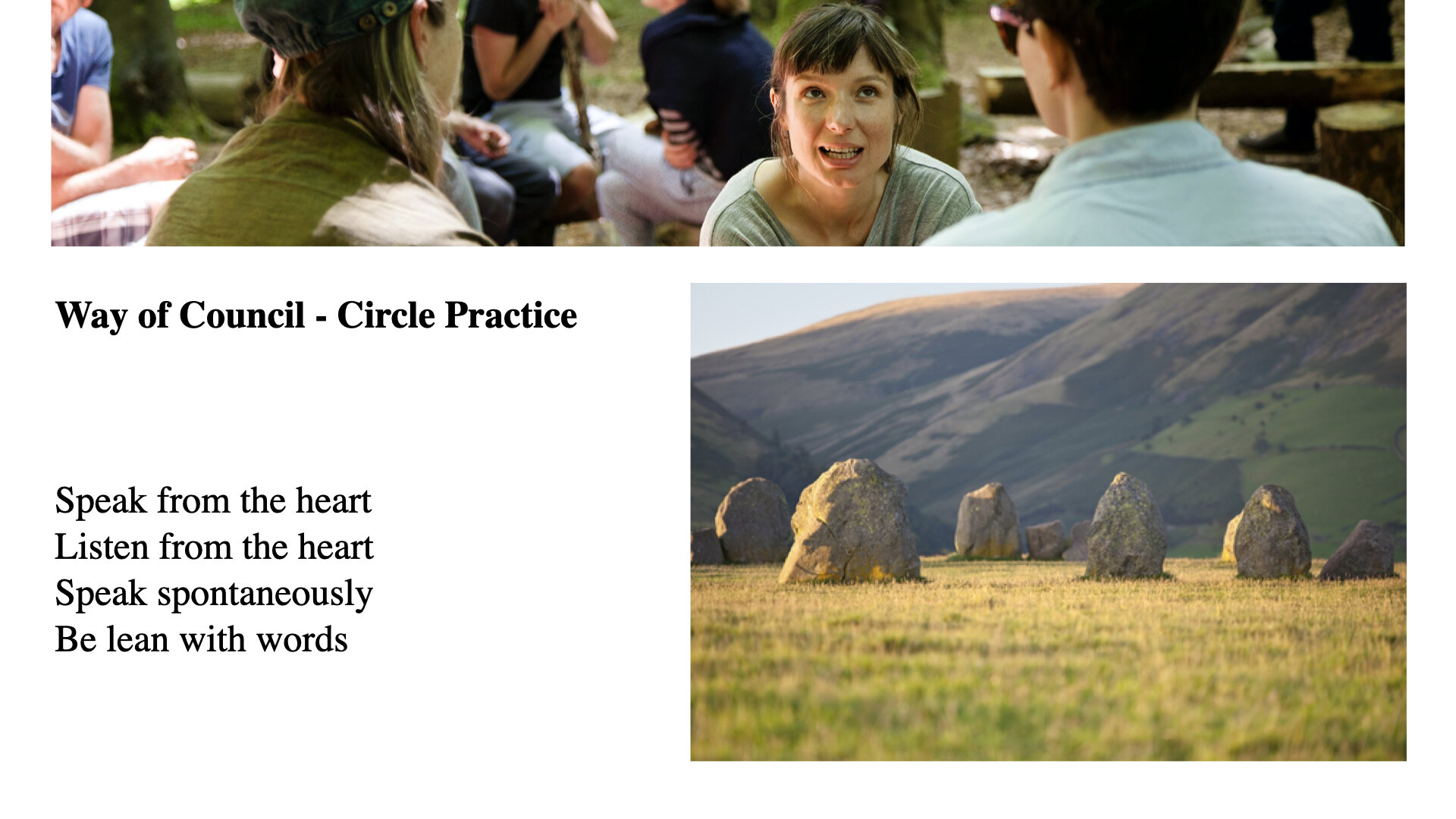
Find the slides to the guest session here.
Optional pre-recorded session:
Here you’ll find the recordings of live sessions latest 48 hours after completion:
Documents to use during live sessions
Useful handouts
Design process worksheets from Aranya - these sheets can be very useful to help guide you through your design process:
Additional learning resources
Videos & Films
Questions for a Resilient Future: Robin Wall Kimmerer
Joanna Macy: Climate Crisis as. a spiritual path
Your assignments and coursework
Assignment 1: Origin research (approx. 1 hour)
Dre’s research on Seedballs
Take one of the techniques commonly used in permaculture and research their origin - go further than your initial findings. Ask yourself, who did we attribute this to? Could it have been around before? Who might have practiced the same technique or method in different parts of the world and why? How did it get to where it is used today.
Examples of techniques are hugelbeds, no dig gardening, swales, forest gardening or agroforestry, or even something more social like circle sharing practices.
Optional: Assignment 2: The tree of resilience (approx. 1 hour)
This second assignment is reflective and can be creative.
You can use the tree as a metaphor to reflect in certain aspects of your life:
The roots are those things that support you: what are they? How do they support you? What is your relationship to them?
The trunk represents your values and that which gives you meaning in your life.
The branches are your interests and activities, your expressions of that meaning; the things that you do in life.
The fruits represent the harvest of these activities - what do they give you? What is the yield?
The leaves are your character traits, your habits, your tendencies. Which ones serve you and which ones might you be able to drop and compost?
Your design project: Placement of elements…
A web of connections done by students on a previous course
Have you got your idea for what you would like to design on this course? Have you done your survey and your analysis?
If yes, it is time to draw conclusions and develop a design. Principles and patterns can help here with the placement. What are the new zones, what are the relationships between the elements that you chose? Have you done a web of connections and what have you found out?
It can help to have your map available and cut out some of the elements so that you can move them around on the map. Be creative, think outside the box and see what happens.
Ideas for practicals
As part of the course you will require to do and document 2 practical projects (approx 3 hours of work each). Here are some ideas… if you don’t like them, there will be ideas with each module. Or come up with your own.
Start a support group to explore the stories of our time and your relationship to them. Joanna Macy’s work and ‘Coming back to life’ book can be a great resource to help with this.
Be creative, do an art project that raises awareness in your community, at your workplace, in your school. Or just get your workplace to start composting, bring plants into the office or get your community to think how they can reduce their ecological footprint together.
Quiz & completion
Taking the quiz and showing that you have understood the material covered in this module is essential for you to receive the Permaculture Design Course Certificate at the end of the course.
Feedback
Receiving your feedback on what we do is essential for us to keep improving our courses - for you and those that learn with us after you. It will take 5 minutes - thank you!














